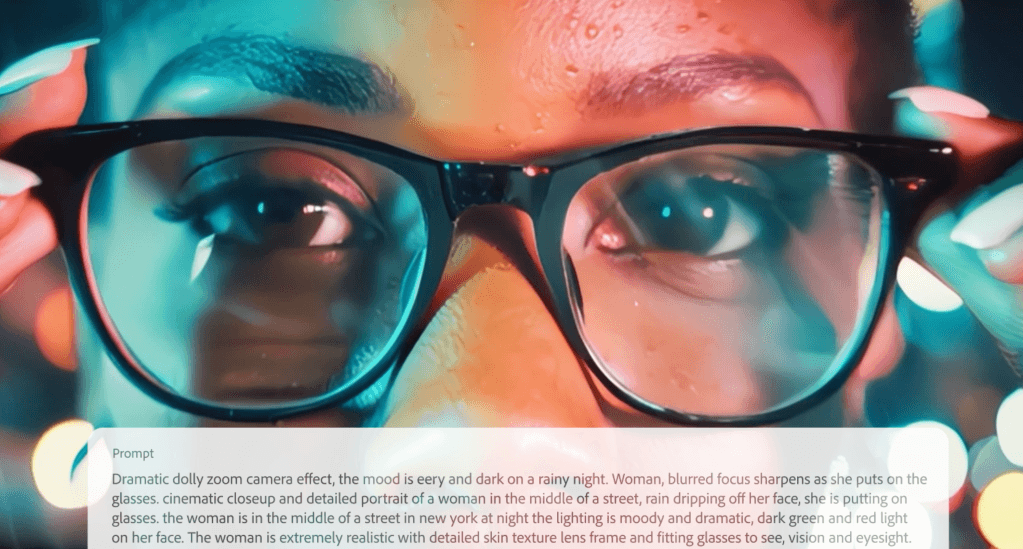
Ahead of its Adobe MAX event, Adobe has unveiled video generation capabilities for its Firefly AI platform. Starting today, users can experiment with Firefly's video generator on Adobe's website or test its new AI-powered feature, Generative Extend, in the Premiere Pro beta app.
Users can explore two models on the Firefly website: a text-to-video model and an image-to-video model, both of which can generate up to five seconds of AI-produced video. While the web beta is free to access, usage is likely limited by rate caps.
Adobe has trained Firefly to generate both animated and photo-realistic videos, depending on the user's input. Notably, Firefly can produce videos with text, a challenge many AI image generators have struggled with. The Firefly web app also includes various settings for customizing camera movements, angles, and shot sizes.
In Premiere Pro’s beta app, users can try the Generative Extend feature, which extends video clips by up to two seconds. This allows for the continuation of camera motion and subject movement, along with the background audio. Adobe has been developing this audio extension feature, though it is designed to avoid recreating voices or music to prevent copyright issues.
Early demonstrations of Generative Extend revealed more practical results than Firefly's text-to-video model, showing promise in AI-enhanced editing rather than full video generation. Competitors like Runway’s Gen-3 Alpha and OpenAI’s Sora may currently offer more refined AI video tools, but Adobe's focus remains on aiding the editing process, a priority for its user base.
Adobe aims to balance its technological advancements with the concerns of its creative audience. Many users worry that AI may replace traditional skills, which is why Adobe's approach focuses on solving specific editing challenges, such as extending clips, rather than fully replacing video creation tasks.
According to Alexandru Costin, Adobe’s VP of generative AI, Adobe's goal is to enhance current workflows by offering generative editing tools that extend and modify existing assets rather than creating new ones from scratch. This approach mirrors the success of Firefly's image model in Photoshop, where the Generative Fill feature has become one of the most popular tools in recent years.
Adobe is also mindful of its responsibility to creatives. The company compensates artists and photographers for contributing videos to train Firefly’s AI model. However, many creatives remain cautious about AI, fearing it may replace their roles. Adobe’s AI lead, Costin, believes AI will instead increase the demand for creative work, as companies seek to produce more personalized content.
Costin encourages creatives to embrace AI tools, drawing parallels with past technological shifts such as digital photography, which were initially seen as threats but ultimately enhanced the creative process. He stresses that generative AI tools offer a chance to produce more content efficiently without sacrificing work-life balance.
Firefly also includes a safeguard, automatically embedding "AI-generated" watermarks in the metadata of videos it creates. Although these labels aren’t visible to humans, they can be used by platforms to identify AI-generated content. Additionally, Firefly has been designed to avoid producing harmful or unsafe videos by not training on inappropriate or copyrighted materials.
With the public now gaining access to Firefly’s video generation tools, the real test will be whether Adobe's safeguards are effective.